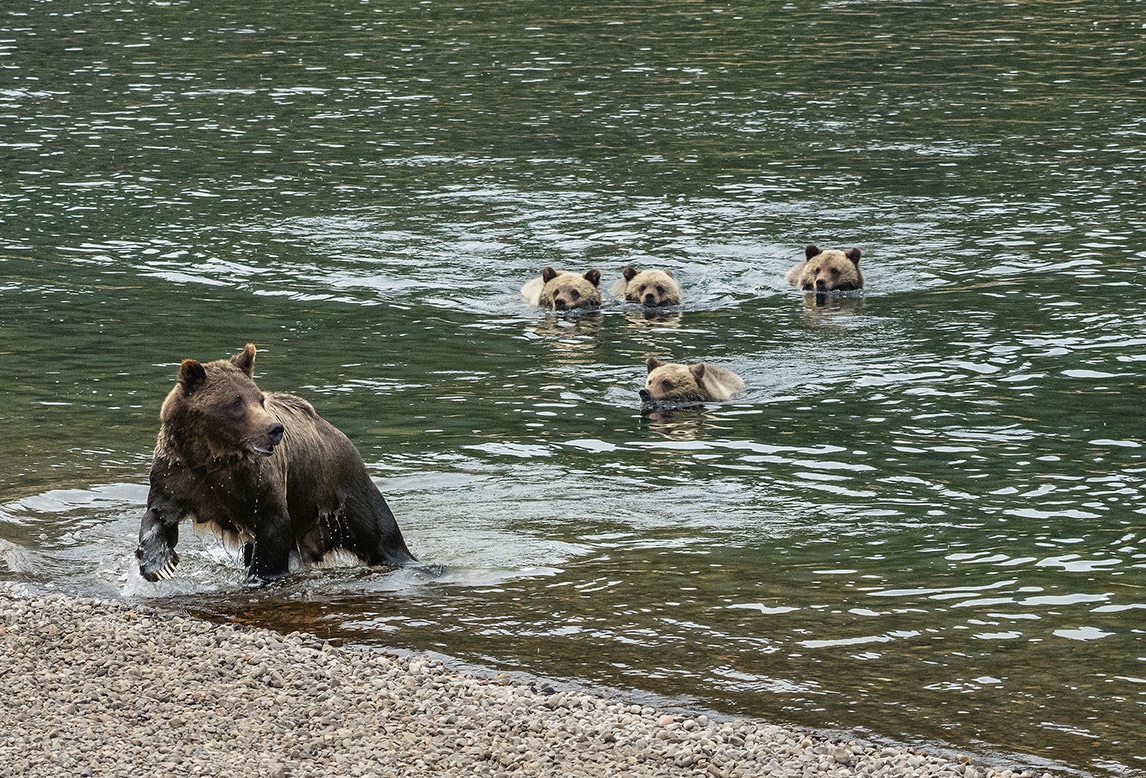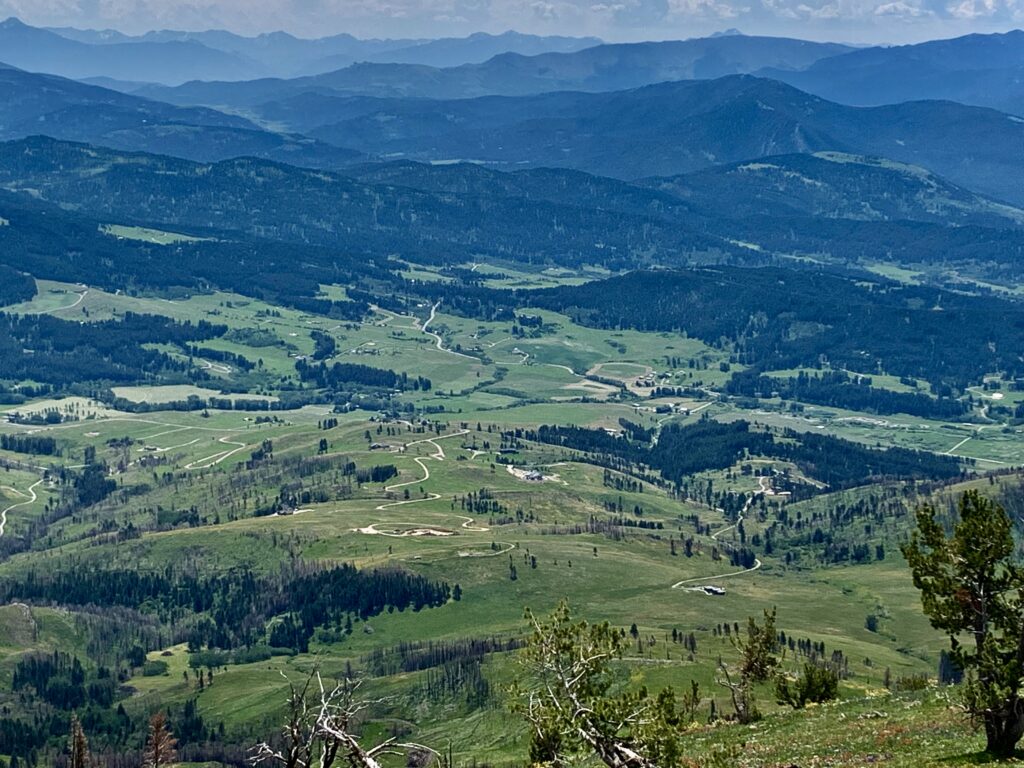EDITOR’S NOTE: On Friday, November 1, Hilary Cooley, national grizzly bear recovery coordinator for the US Fish and Wildlife Service, and Chip Jenkins, superintendent of Grand Teton National Park, issued a joint press release announcing that Grizzly 399 had been cremated and her ashes returned to Pilgrim Creek in Grand Teton Park. 399 was struck and killed by a car on Tuesday, October 22 south of Jackson Hole. Yellowstonian applauds the decision. Here’s the piece we published earlier this week when some wildlife officials were contemplating stuffing 399 and putting her on public display. Below is the press release and what it stated, verbatim:
PRESS RELEASE
Grizzly bear #399’s Remains Returned to Grand Teton National Park
Nov 1, 2024
JACKSON – On November 1, 2024, the U.S. Fish and Wildlife Service, in partnership with Grand Teton National Park, honored the legacy of grizzly bear #399 by returning her ashes to the Pilgrim Creek area of the park, where she spent much of her life. Following a respectful cremation, grizzly #399’s remains were brought back to Grand Teton National Park, recognizing the connection grizzly #399 had to the area and the interest she inspired among visitors to the Greater Yellowstone Ecosystem.
“399 will always be part of this special place,” said Grand Teton National Park Superintendent Chip Jenkins. “However, there is still work to do to ensure her descendants and all grizzly bears continue to thrive in the Greater Yellowstone Ecosystem. It’s up to all of us to make sure they do.”
Grizzly bear #399, who lived a long life and contributed significantly to the grizzly bear population in the Greater Yellowstone Ecosystem, was killed in an accidental vehicle collision on October 22, 2024, approximately 40 miles south of Grand Teton National Park. Following the accident, the U.S. Fish and Wildlife Service and National Park Service received considerable public interest regarding how to honor the bear’s legacy. Taking into account the range of thoughts shared by the public, as well as operational and safety considerations, wildlife managers cremated her remains and returned them to her natural habitat.
“Grizzly bear #399 captivated people around the world, inspiring many to learn about the conservation of this important species,” said Hilary Cooley, Grizzly Bear Recovery Coordinator for the U.S. Fish and Wildlife Service. “We received an outpouring of appreciation for #399 and aimed to honor these sentiments in handling her remains.”
Grizzly bear #399’s yearling has not been located, though there is no indication it was struck in the collision. Given the bear’s age and the time of year, the yearling has a strong chance of surviving independently, and there are no current plans to capture it.
Grizzly bear #399’s life brought global attention to the grizzly population in the Greater Yellowstone Ecosystem and underscored the unique opportunity and responsibility to coexist with these iconic animals. Learn more about coexisting with grizzly bears at https://igbconline.org/be-bear-aware/ .
The National Park Service and the U.S. Fish and Wildlife Service will continue to work with partners to find ways to honor the legacy of grizzly bear #399 through education and conservation efforts.






